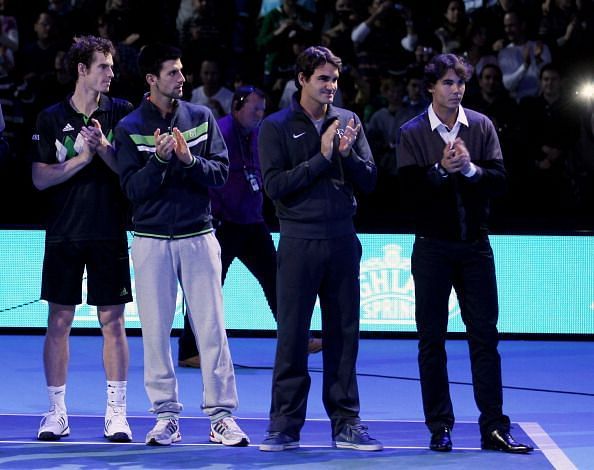
A brief history of the Golden Era of men’s tennis
The tennis season is in full swing again, with the 2019 Australian Open deep into its second week. The most significant news from the first week of the championships was Andy Murray indicating that he’s waging a losing war against his hip injury. Barring a remarkable recovery from a second hip surgery, should he take that path, he will likely be forced into retirement this year.
That would signal the end of the Big 4 era as we know it. And if that is indeed the way things eventually transpire, history will probably record 2017 as the end of the Big 4 era, given Murray’s injury travails in 2018.
It is extremely sad that Murray will, in all likelihood, not be able to bow out on his own terms, and that the hip injury really started taking a toll at a point when he was World No. 1. That's a remarkable feat given he was up against three of the five (or six) greatest men’s tennis players of all time.
But although the Big 4 era is likely drawing to a close, the golden era of men’s tennis continues to be the gift that keeps on giving, with Novak Djokovic and Rafael Nadal into the semis, and looking good for yet another Grand Slam final showdown. Against this backdrop, it feels like an appropriate time to re-visit the evolution of this unbelievably long golden era.
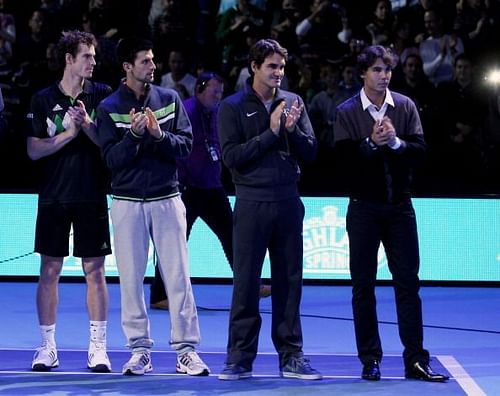
It has been a GEM!
This golden era of men’s tennis (I’ll call it GEM now onwards, and the word 'tennis' used henceforth will refer to men’s tennis) has lasted nearly fifteen years and counting. This era could conceivably be broken into multiple ‘sub-eras’, each of which would rank as one of tennis’ all-time great eras.
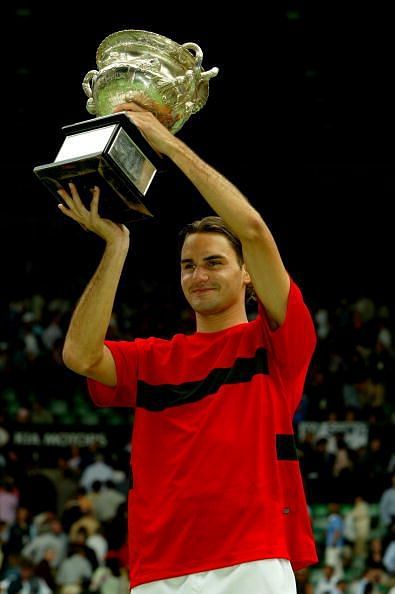
Emergence of a Giant (2003 – 2005)
Before the GEM began, it was all about Federer. Federer is silky smooth. He makes tennis look beautiful and effortless. His shot making is breath-taking; his on-court movement is an epitome of efficient minimalism.
His breakthrough came in 2003 when he won his first Major and finished the year on the heels of Andy Roddick, as World No. 2. This set the stage for a historic run.
He won five Majors over the next two years, going an astounding 46-3 in Grand Slams in 2004-2005. Would anybody have envisaged such dominance in modern tennis would ever be seen again?
Well, over 2006-2007, Federer won six Majors, going an unreal 53-2 in Grand Slams, while playing all eight Major finals over this period. His only two defeats were to Nadal, in the 2006 and 2007 French Open finals.
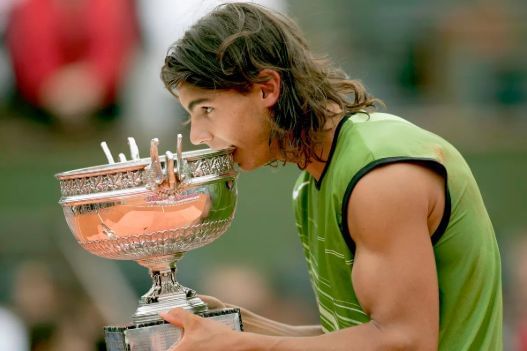
Big Two: The Fedal Duopoly (2005 – 09) | Emergence of the ‘Other Two’ (2008 – 2010)
Nadal is in, many respects, the antithesis of Federer: a constant bundle of unrelenting energy while on the court. He is left-handed with a hammer of a forehand and a steely backhand; a clay court maven.
However, just like Federer, he will go down in history with a legitimate case to be considered as the greatest to have played the game.
That he emerged, thrived and blossomed in the time of Peak Federer is a huge credit to Nadal’s prowess, and will forever be part of his legacy. During this phase (2004 – 2007), he set himself apart as the clear overall number 2 and the ‘King of Clay’, before later ascending to World No. 1 in 2008 and establishing himself as a supreme player on all surfaces (2008 – 2010).
He became the youngest player in the Open Era to achieve the Career Grand Slam, at age 24. He didn’t just compete with Federer; on a head-to-head basis, he was and continues to remain, to this day, one-up on arguably the greatest tennis player ever.
'Fedal' won 11 consecutive Majors between them during one stretch of this ‘sub-era’. From 2005 to 2010, they ended every year as the world's top two players.
While the Big Two dominated this five-year stretch, the latter half of the period saw the emergence of the ‘Other Two’, with Djokovic and Murray separating themselves from the rest of the pack in pursuit of Fedal.
To be fair, Djokovic challenged Fedal far more than Murray in these years, but Murray, over time, made a compelling case to be acknowledged as the fourth member of the ‘Big 4’. That said, there is undoubtedly a bit of a gulf between the achievements of the other members of this club and him.
At the 2008 Australian Open, Djokovic won his first Major, defeating Federer in the semi-final. At the end of 2008, the Big 4 were the world’s four top-ranked players.
In 2009, the Big Four held the top four places in the rankings for a whole calendar year for the first time. Also in 2009, Murray ascended to World No. 2 in August, ending the Fedal Top Two duopoly after four years.
The Big 4 Era (2010 – 2016) | Age of the Djoker (2014 – 2016)
Six of the eight Grand Slam finalists in 2010 were members of the Big 4. 2011 was undoubtedly the year of the Djoker as he won 3 Majors and 10 titles, sculpting one of the greatest seasons of tennis ever seen.
2012 could possibly be described as Peak Big 4, as each of them won one of the Grand Slams. They won all the Grand Slams again in 2013.
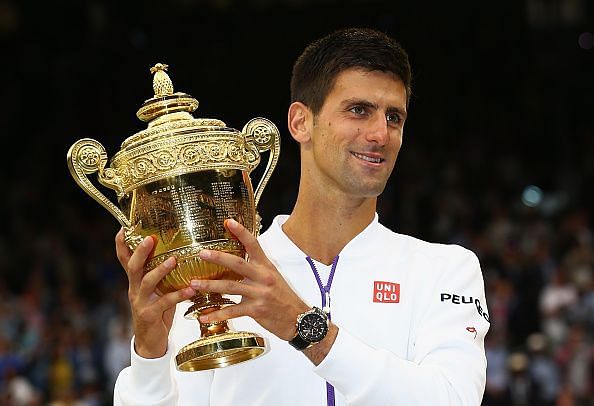
Djokovic is possibly the most complete tennis player ever – by which I mean there is no discernible weakness in his game. In some respects, he has outdone Federer and Nadal. He has a winning head-to-head record against both of them.
While Nadal had to deal with Peak Federer, Djokovic had to deal with Peak Big 4. If you adopted and adapted an Elo system (the one used in chess) for tennis, which accounts for the strength of opponents won against, Djokovic has reached a peak rating which just eclipses the peaks of Borg and Federer, the highest ever.
At the risk of sounding ridiculous, just like Federer and Nadal, I believe that by the time the curtain comes down on his career, he, too, will have a strong case to be considered the greatest ever.
Over 2014-2016, Djokovic won six Major championships, going 70-6 in Grand Slam tennis during this stretch. Oh, and he also won 14 Masters series titles during this run. He also reached the highest ATP ranking points total that has ever been reached, cementing his legacy as an all-time great.
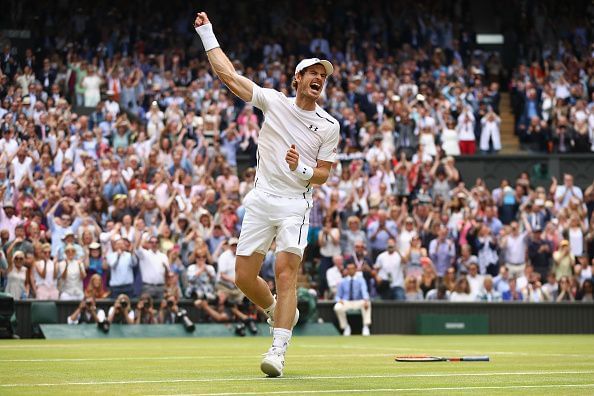
Andy Murray – well, let’s start by saying that the timing of Murray’s tennis career has been, to put it mildly, unfortunate. To use a golfing analogy, Murray has had to win titles while contesting against the equivalent of Tiger Woods, Jack Nicklaus and Bobby Jones, throughout his career.
In many other eras, Murray getting close to double-digit Major titles would not have been inconceivable. In 2016, he won his second Wimbledon, his second Olympic gold and ascended to World No. 1, cementing his inclusion as part of the Big 4 in this golden era.
2015-16 saw also saw both Federer and Nadal go through considerable decline, dogged by injuries; neither won a single Major.
An Unending GEM: The Golden Era that keeps giving (2017 – Present)
In life and especially in sport, Father Time remains undefeated. But a gifted few can, in some cases, hold him at bay for longer than mere mortals can.
2017 was a throwback (with a slight twist) to the Big 2 Fedal era, beginning with a fairy-tale Federer resurgence in Australia. Along with a rejuvenated and reinvigorated Nadal, they swept all four Majors, each winning two.
Nadal won the US Open and was ranked year-end number 1.
The slight twist in this throwback was that Federer and Nadal met four times in 2017, and Federer beat his nemesis all four times. For Federer, this was an unprecedented feat. Nadal still dominates their career head-to-head, but the margin is a more respectable 23-15 now.
The blast from the past that was 2017 continued the year after. 2018 saw the Big 3 again sweep the Grand Slams. Murray lost almost the entire 2018 season to injury, and earlier this month (Jan 2019), he emotionally announced that he may be forced into retirement.
While the next generation has left a bit of a mark in this year’s first Slam, with two youngsters in the semis and Stefanos Tsitsipas having ousted Federer, the more things change, the more they seem to remain the same. The odds are that Nadal will once again face off against Djokovic in a Grand Slam final this Sunday.
The golden era continues, and the lustre could hardly be any brighter. Long may it continue.